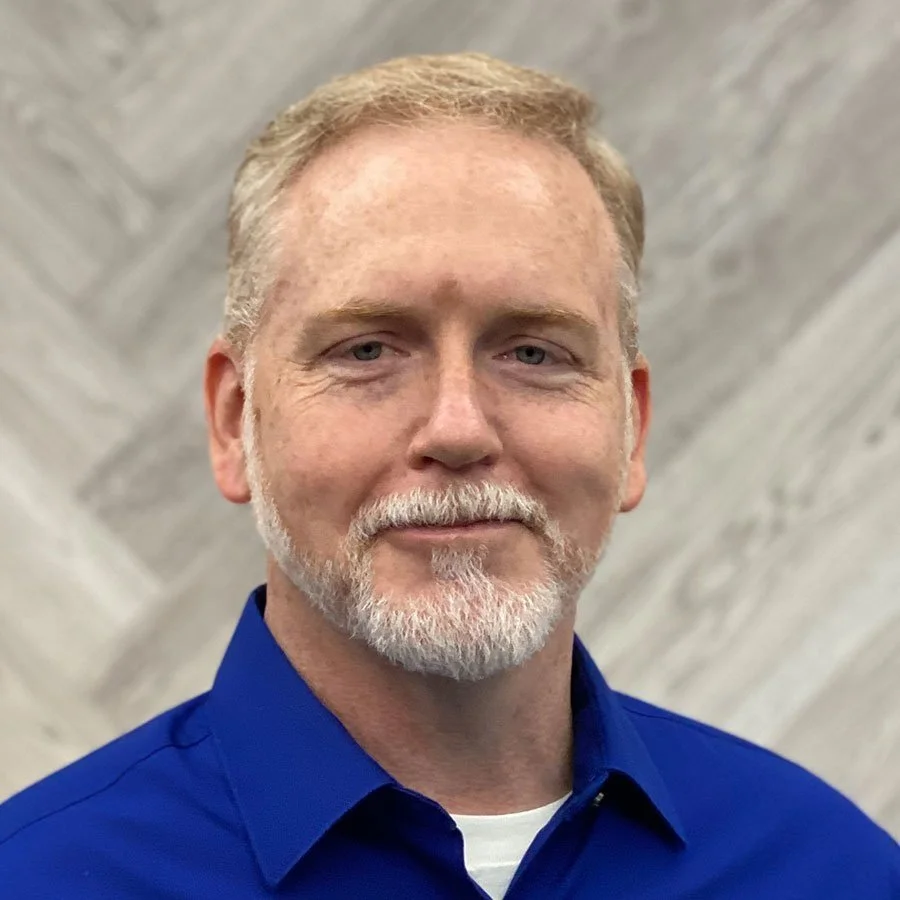How do Leaders Impact an Organization? - by Tony Stanley
Dan Scarrow
District Superintendent
Hey Team,
This month we have a guest article from Tony Stanley, Senior Pastor at Verndale Alliance. Tony originally wrote this piece for a leadership class I taught at Crown this past fall and I was so impressed with his writing that I asked his permission to share this more broadly with our District family. Tony leads us into an excellent discussion on the impact of our leadership in large and small spaces in our lives. I know Tony will appreciate your interaction with his thoughts so please don’t hesitate to comment below.
In the opening to Leadership on the line Heifetz and Linsky state, "Everyday the opportunity for leadership stands before you (2017, p. 1). This seemingly simple statement is followed by a list of examples ranging from the dinner table to the board room. The take away of course from this is that leadership often falls to those who may not even realize they are leading. Their title or level of authority may allow that they remain silent, yet the decision to lead or not presents itself all the same. If we take this broader view of leadership we realize the question of how a leader impacts an organization is not just for the select few to consider. In light of this there are a couple of areas where leadership impacts an organization, whether through formal channels or informal ones.
Firstly, leaders set the culture of an organization. Early in my management career (before I was in ministry) the company hired a new plant manager. Eager to prove himself to the higher ups he came in like a charging bull. Soon an atmosphere of fear, distrust, and infighting emerged as each supervisor under him switched from helping the company thrive to hoping they would survive. Thankfully after many conversations and some time to grow into the job the manager was able to change course and rehabilitate his relationships. A season of growth and success followed. The power to move an organizational culture for the good or the ill is one leaders at every level possess. In my first pastorate there was an elderly gentleman who was no longer serving in any official capacity yet still carried a great deal of influence in the church. One Sunday we had a congregational meeting to vote on a fairly simple renovation project so we could put up a screen for music. The small congregation was enthusiastic about the plan and the vote was seen as a formality. After the plan was presented and the vote about to be taken, this gentleman stood. His statement was brief, he thought since the original design for the room didn't have a screen we shouldn't do it. The enthusiasm left the room in an instant. The "no" votes carried the day overwhelmingly. In speaking about leaders bringing change Bolsinger talks about the temptation leaders face to "default to old behaviors or quick fixes to calm the anxiety of the group" and thereby suffer a "failure of nerve and goes back to the status quo..." (Bolsinger, 2020, p. 136). If leaders lead from fear, insecurity, rigidness, or any number of other lesser places the organization's culture will reflect that. Yet if a leader cultivates in themselves and in others the attributes that lead to success then the culture will reflect that as well.
A second way leaders impact an organization is in determining, at least in part, its future success. I have often heard the statement that a church will never grow beyond its pastor. Although I cannot recall who that statement was attributed to the idea that I, as the pastor, could be the ceiling in the church I lead has weighed heavy at times. Even if we reject the idea of a hard ceiling we cannot escape the fact that leaders set the boundaries that their followers will seldom exceed. Leading in this reality involves at least two elements: how we lead ourselves and how we develop new leaders for tomorrow.
"All leadership begins with self-leadership..." (Lowney as quoted by Bolsinger, 2020, p. 91). If this is true, and I believe it is, then how we lead ourselves has an outsized impact on the organization we lead. Bolsinger refers to this aspect of self-leadership as the heating of metal in the forge. The disciplines of self-reflection and vulnerability are as Bolsinger quotes Colonna, "the most challenging piece of the formula - indeed the most important" (2020, p. 91). When a leader believes they have arrived usually the organization stops moving forward as well. Every leadership book worth reading stresses the importance of remaining teachable. In The trust edge by David Horsager this is expressed in the 4th pillar of competency (2010, p. 129). Bolsinger states it simply, "Great leaders are committed learners" (2020, p. 138) and Pete Scazzero states if you want to make disciples who are serious you have to start with yourself (2022, p. 57).
In a recent Christianity Today interview, Pete Scazzero, author of The emotionally healthy leader, was asked what question should pastors be asking as we emerge from the exhaustion of the past few years. "Every leader should be asking (this) question: How do I develop and raise up leaders?" (Scazzero, 2022, p. 56). It is in this area perhaps more than any other that a leader's impact on an organization can far out live his or her time there. When you consider the enormous task of raising up leaders it is helpful for me to overlay Bolsinger's illustration. If you consider his points of working, heating, holding, hammering, hewing, and tempering one crucial element stands out. Each of those takes time. Leaders cannot be mass produced in some compressed, formulaic assembly line. If we are to leave our churches with the leaders it needs tomorrow we need to make room for leaders to form today. In the above mentioned interview, Scazzero states when looking for future leaders to invest in he is looking for the "faithful, available, and teachable" (2022, p. 58). What a shame it would be to take people with those qualities and fail to develop them because the work to do so doesn't fit our time line.
References:
Bolsinger, T. E. (2020). Tempered resilience: How leaders are formed in the crucible of change. InterVarsity Press.
Heifetz, R. & Linsky M. (2017). Leadership on the edge. Staying alive through the dangers of change. HBR Press.
Horsager, D. (2009). The trust edge. Summerside Press.
Scazzero, P. & Lapine M. (2022). Forget charism. Look for the weak and the slow. Interview with Matthew Lapine. Christianity Today: CT pastors special issue.
Tony Stanley
Senior Pastor - Verndale Alliance Church


